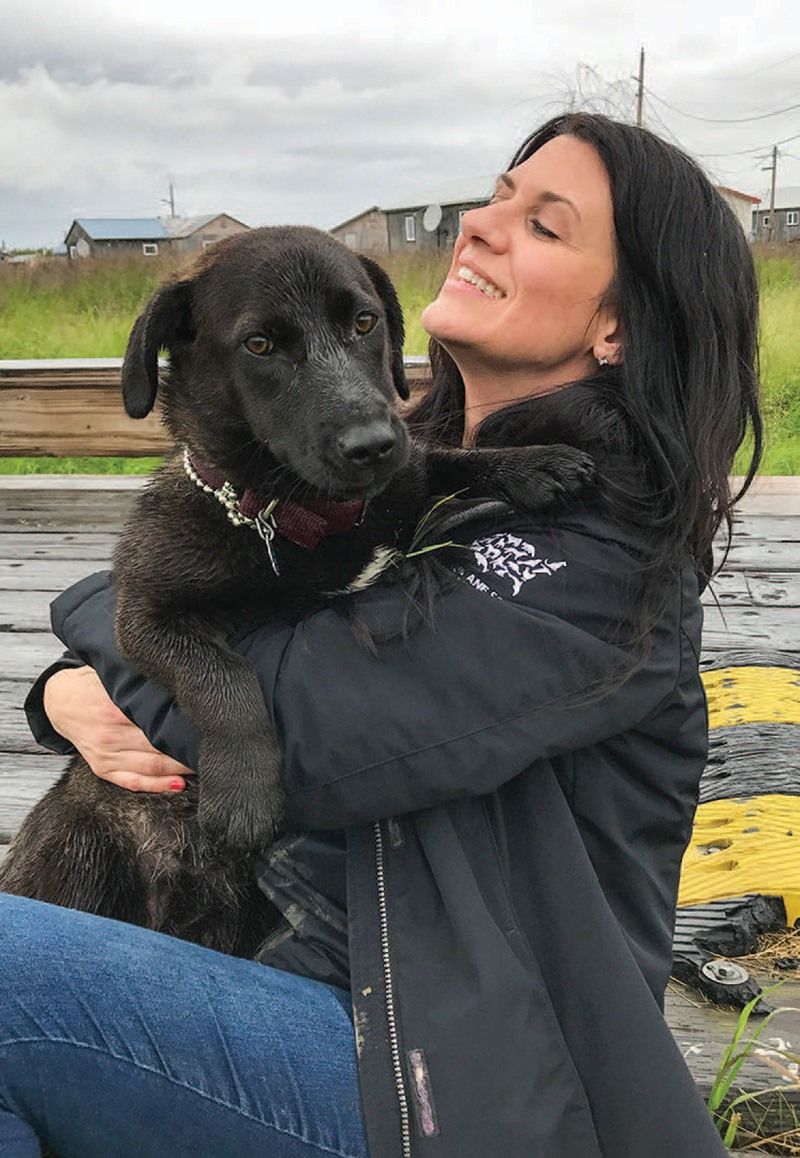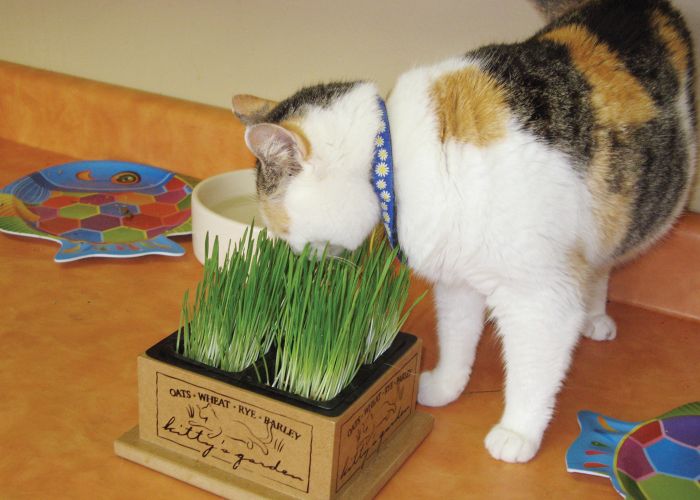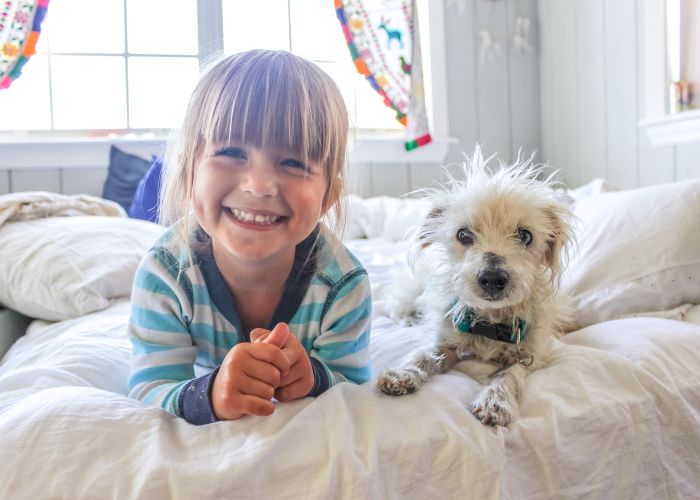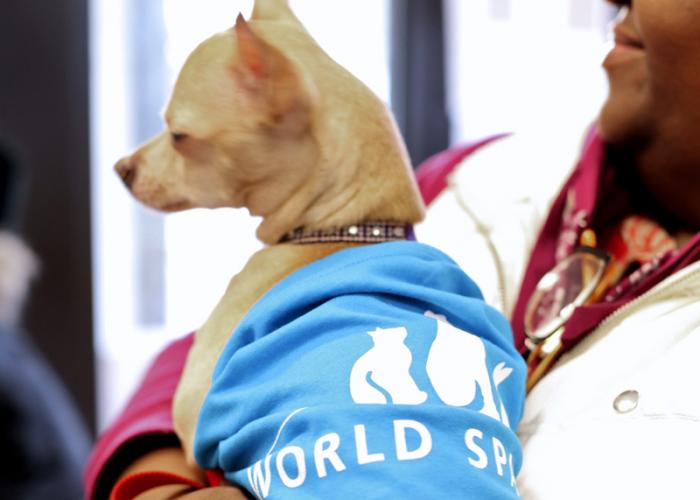A word from us

In my team’s work on Pets for Life—our initiative that does door-to-door outreach in underserved communities, offering free pet care resources, services and information—one of the most common questions we get is how to fundraise for and sustain support for such programming. Beyond building the organization’s basic fundraising skills, it’s important for everyone involved to understand how companion animal welfare is connected to larger systemic and institutional challenges for people and their pets—issues like poverty, segregation, housing insecurity and resource inequity.
That understanding has to flow into how we speak to those we serve, to each other as advocates and service providers, and to our supporters and donors and the general public. The narratives we create have genuine influence—and it is all too easy for our messaging to fall into the trap of creating extremely narrow definitions of who is capable of compassion or what compassion must look like.
I see this struggle regularly. We don’t always realize how our personal biases and assumptions can perpetuate dangerous myths about people. Take, for example, a common discussion around tethered dogs. What we often hear asked is, “Why would someone have a dog if they are just going to cruelly leave him chained up outside?” Instead of assuming that the owner is negligent or cruel, here’s a challenge: Try to understand the owner’s situation. Ask questions like: Does the person rent their home and have limitations from their landlord? Is the caretaker a senior with mobility issues? Does the dog have behavior issues? Is there a fence that needs expensive repairs?
If we’re truly open to the answers, we’ll often develop a more complete picture, and our response—in both programming and messaging—will likely be less judgmental and more effective.
Even when we’re operating direct care programs, we sometimes still contribute to and maintain the systems that initially produced harmful stereotypes and inequities. Having someone to root against can be galvanizing, but in our work, we often find there isn’t a clear-cut villain. For example, perhaps that thin dog isn’t being neglected and instead just needs a prescription dewormer that her owner hasn’t been able to provide due to lack of access to veterinary care. Perhaps that surrendered cat lost his home when his owner was evicted due to gentrification and subsequently was unable to find pet-friendly, affordable housing.
Our messaging has both small and large impacts and can either isolate people or bring them together. Over time, the individual stories we tell become our organization’s identity. In aggregate, these stories can help define our field as a whole.
In the comments section of most animal welfare organizations’ social media pages, you’ll see some angry language about how cruel people are. It’s important to ask if we may be fanning those flames. Are we taking the time to consider our stories with an open, balanced mindset? Or are we automatically reaching for familiar, traditional messages that can create or validate division?
“Our messaging has both small and large impacts and can either isolate people or bring them together.”
When you are thoughtful and intentional in communication, funding will flow from that vision and thought leadership. Framing your philosophy around inclusion and equity will not only engage longtime donors in a fresh way, but also open doors to nontraditional supporters and new donors invested in ensuring access to resources for all pet owners and advancing social justice in the companion animal welfare field.
Learn more about Pets for Life at humanesociety.org/petsforlife.








